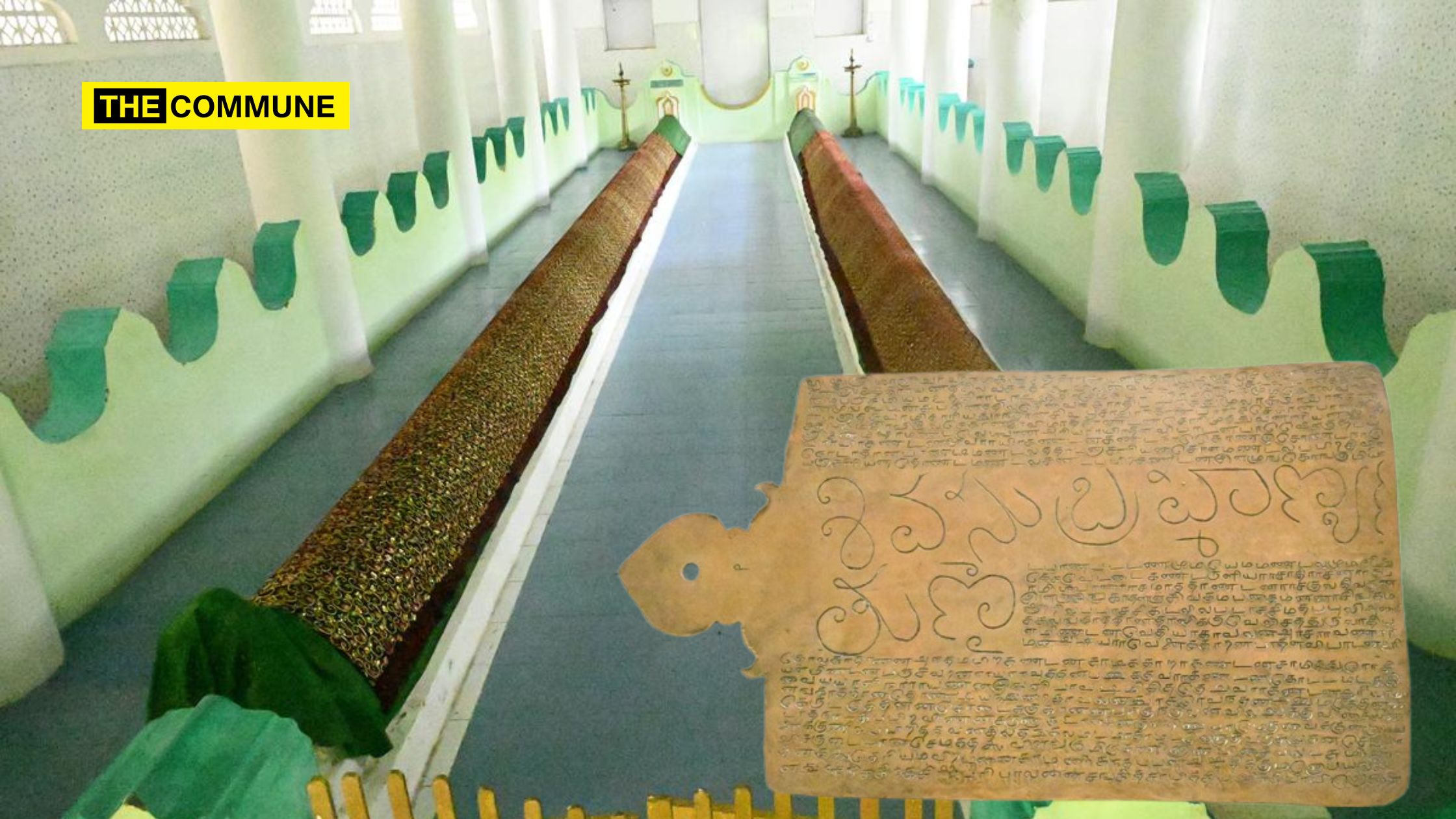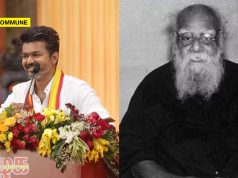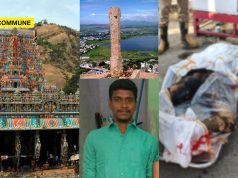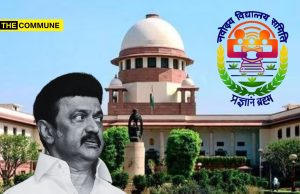
A recently rediscovered copper plate belonging to the Muthukumara Vijayaragunatha Sethupathi Kaathathevar sheds light on an age-old belief linking religious responsibility with moral consequences across faiths. The copper plate, held by the Habil and Qabil Dargah in Rameswaram, contains an inscription stating that any misappropriation of the proceeds from Pakkiri Puthukulam village, donated to the dargah, would incur the severe spiritual sin associated with cow slaughter. This sin, traditionally regarded as one of the most severe in Hinduism, would also extend to Muslims or anyone else guilty of such an act, according to the inscription.
The dargah, located close to the residence of the late Indian President Dr. A.P.J. Abdul Kalam, has a long history of attracting devotees across religious backgrounds. The copper plate, currently in the possession of Ahamed Jallaudin, son of Arulmozhi alias Asiammal, trustee of the dargah, links the religious site’s property with strict moral stipulations. According to historian S.M. Kamal’s modern translation of the text, “He who properly maintains the property will be blessed with the benefit of offering food (annadhanam) in Mecca, Madina, the Ganga, and the Sethu [Rameswaram].” However, anyone who misappropriates its proceeds “will incur the sin of killing his parents and a cow in Mecca, Madina, on the banks of the Ganga, and in the Sethu,” the inscription declares.
The Habil and Qabil Dargah believed to be a resting place for the Biblical Cain and Abel, or Habil and Qabil in Islamic tradition, sits within a lush campus surrounded by banyan and palm trees. The graves, each a striking 57 feet long, draw a steady stream of visitors, especially from Kerala, who come to offer prayers at the memorials. According to local tradition, the dargah’s unusually long graves reflect the belief that these ancient figures were of superhuman size.
The historical inscription also reveals deep ties between the Sethupathis of Ramanathapuram and the Muslim community. The grant of Pakkiri Puthukulam to the dargah underscores the bond of friendship and mutual respect, famously demonstrated by merchant prince Shaikh Abdul Qadir, also known as Seethakathi, a close associate of Vijaya Raghunatha Thevar, the Sethupathi ruler of Ramanathapuram.
Dr. A.P.J. Abdul Kalam, who grew up near the dargah, shared memories of his family’s close connection to local Hindu traditions in his memoir Wings of Fire. He recounted how his family, through generations, was honored during the annual Shri Sita Rama Kalyanam ceremony at the nearby Ramanathaswamy Temple. “My great-great-grandfather was treated like a hero,” he wrote, recalling a rare tradition where the temple awarded his family the first honor, or Mudhal Mariadhai, in recognition of their longstanding service.
(With inputs from The Hindu)
Subscribe to our Telegram, WhatsApp, and Instagram channels and get the best stories of the day delivered instantly.




